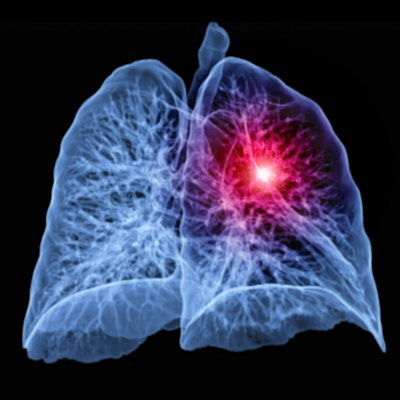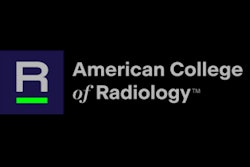
A study that included more than a million people screened for lung cancer with low-dose CT (LDCT) shows that screening finds cancer earlier, thus improving patient outcomes, according to a study published February 10 in Chest.
But of course, that's only among those who actually get screened -- and adherence to lung cancer screening remains low, wrote a team led by Dr. Gerard Silvestri of the Medical University of South Carolina in Charleston.
"[Our study found that] adherence to lung cancer screening was poor and likely contributes to the lower than expected cancer detection rate, all of which will impact the outcomes of patients undergoing screening for lung cancer," the group noted.
In 2013, the U.S. Preventive Services Task Force (USPSTF) recommended annual LDCT lung cancer screening after results from the National Lung Cancer Screening Trial (NLST) had been released. In 2015, the Centers for Medicare and Medicaid Services (CMS) made lung cancer screening a covered benefit and required facilities to report screening incidence to an approved registry (currently, the American College of Radiology maintains the only CMS-approved registry for this information). In 2021 the USPSTF updated its recommendation to expand the pool of individuals eligible for screening.
"Adherence is critical for realizing the promise of lung cancer screening, and the cancer detection rate is an important outcome when we think about whether the USPSTF recommendations include the most efficient criteria for identifying high-risk individuals who will benefit most from lung cancer screening," the authors wrote.
The team sought to assess adherence and outcomes among people eligible to screen for lung cancer according to the USPSTF's 2013 recommendation by conducting a study that included 1.2 million individuals from the ACR's Lung Cancer Screening Registry (LCSR) who underwent baseline LDCT for lung cancer screening at 3,625 facilities between 2015 and 2019. The researchers identified predictors of adherence to screening and compared LDCT interpretations by Lung-RADS score, cancer detection rates, and stage at diagnosis to data from the National Lung Cancer Screening Trial (NLST).
Adherence to follow-up annual LDCT lung cancer screening was only 22.3%, the group found. Factors that predicted poor adherence included being a current smoker, being Black or Latinx, and having lower levels of education.
The team also found the following:
- The overall cancer detection rate was 0.56%.
- On baseline screening, 83% of individuals had a negative lung cancer result and 17% had a positive result.
- The percentage of those with cancer identified at baseline was higher in higher Lung-RADS categories: 0.4% for Lung-RADS 3; 2.6% for Lung-RADS 4A; 11.1% for Lung-RADS 4B; and 19.9% for Lung-RADS 4X.
- Cancer stage distribution was comparable to the NLST results, with 53.5% of the study cohort diagnosed with stage 1 and 14.3% with stage 4 cancer.
The authors stressed that more efforts are needed to boost lung cancer screening rates.
"Multilevel interventions that include policy, health system, provider and patient education are needed to both improve uptake and reduce the disparities associated with screening for lung cancer," they concluded.





















